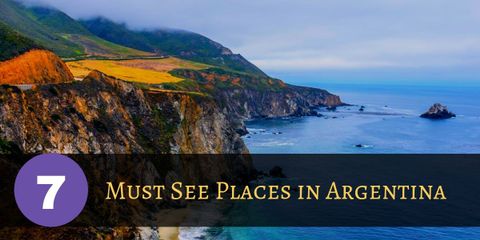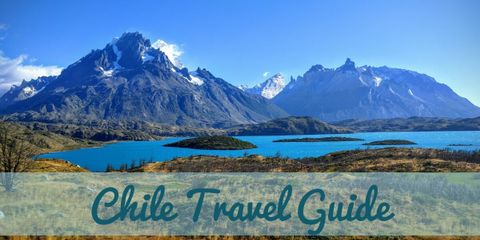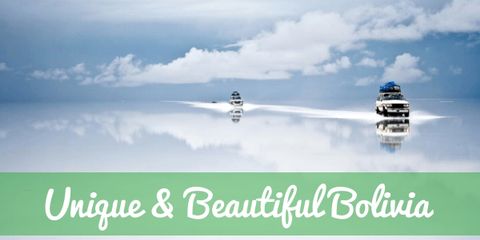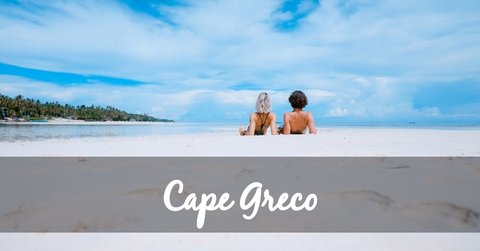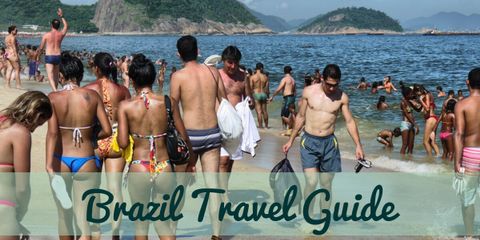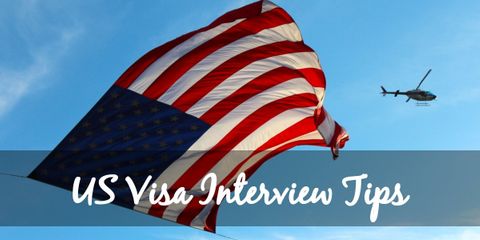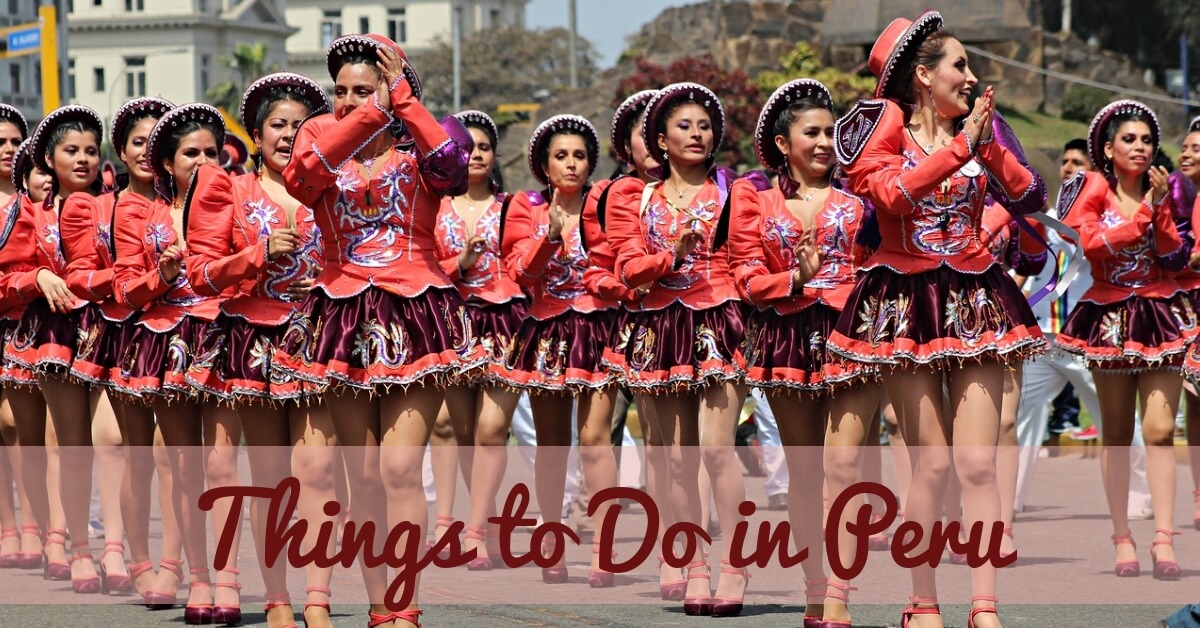
Lima Promises 7 Fascinating Reasons for You to Visit Peru
Peru conjures up pictures of Inca temples and ancient history. It really is unique to visit Peru because of this.
The Inca civilization started in about the 13th century, in the Andes Mountains, in the region of the modern-day city of Cusco. The Spanish took over their last stronghold in 1572. But the Inca legend lives on. And so does the influence of the Spanish!
My goal in visiting Peru is to see the Machu Picchu Inca city – but I found that the current capital city of Peru – Lima – is just as interesting.
#1: Historical Rimac
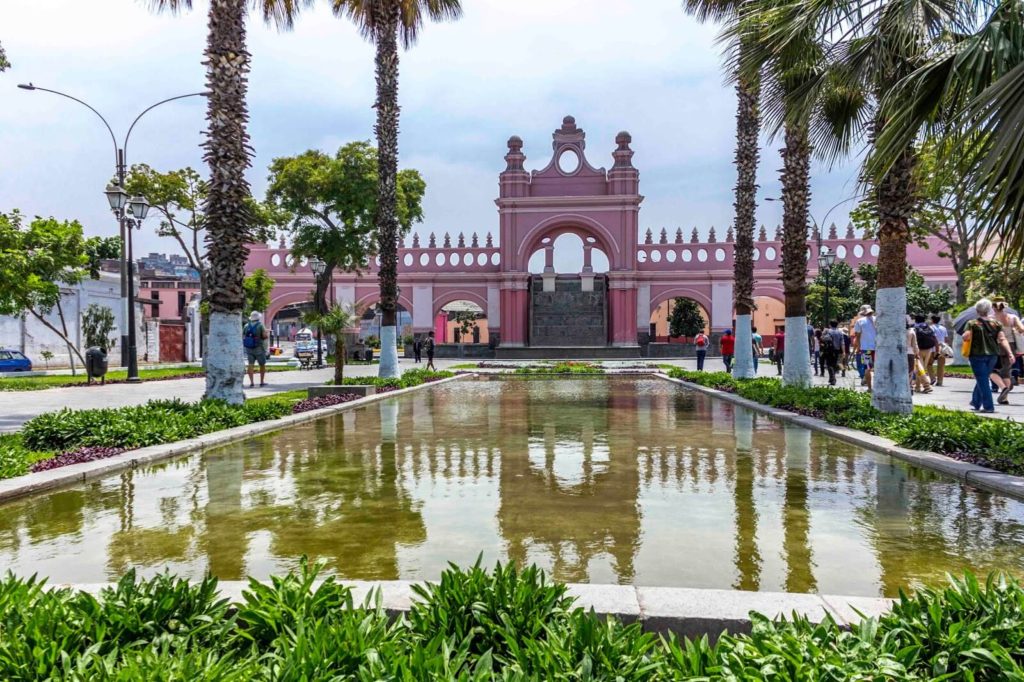 From 1535 to the middle of the 18th century, Lima was the most important city in the Spanish dominions in South America. It was the political, administrative and economic capital as well as the religious center, and the buildings in the city represent that. Parts of the Rimac district are a UNESCO World Heritage historical site.
From 1535 to the middle of the 18th century, Lima was the most important city in the Spanish dominions in South America. It was the political, administrative and economic capital as well as the religious center, and the buildings in the city represent that. Parts of the Rimac district are a UNESCO World Heritage historical site.
Most people talk about the churches and palaces, but it’s also interesting to look at some of the public works from that time.
The Puente de Piedra (Bridge of Stone) is the oldest bridge, built in 1608, and was for a long time the only way to cross the Rímac river. Today there are 6 bridges in the city.
The Paseo de Aguas is the old aqueduct, now stunningly beautiful, reflecting in the water in front of it. Next door is the open space and boulevard of the Alameda de los Descalzos. The convent and museum are worth visiting if you like art and history. This museum was on the World Monuments Watch for some time as it had been allowed to decay, but it was reopened in 2016 after renovations to the entire area.
The Plaza de Toros de Acho is on the eastern side of the River Rimac. It is one of the oldest bullrings in the world, and still the largest in Peru. It was built in 1766, mostly of wood and adobe, but has miraculously withstood all the earthquakes that have hit Peru since then. If you’d like to see a bullfight, you might want to visit in October and November, when the Senor de Los Milagro fair takes place every Sunday.
The General Cemetery, also called Presbítero Matías Maestro, is named after the priest Matías Maestro, who dedicated himself to restoring and renovating parts of the city, after a disastrous earthquake in 1746. He was also an architect, painter, sculptor, decorator, musician and urban planner. He is part of the history of the main churches of the Historic Center of Lima - Cathedral, Santo Domingo, San Francisco. Funnily enough, there is not one portrait of him in existence. The Cemetery is one of the most visited and well-known public spaces in ancient Lima.
#2: Larco Museum
 Lima is known for its collections of pre-Columbian art. (By the way, “Pre-Columbian” refers to the period in the Americas before the arrival of Columbus.)
Lima is known for its collections of pre-Columbian art. (By the way, “Pre-Columbian” refers to the period in the Americas before the arrival of Columbus.)
One of the best-known museums, the Larco Museum (Museo Arqueológico Rafael Larco Herrera) is an absolute must-see. And this is not only because it houses a gallery of quite astounding pre-Columbian erotic pottery!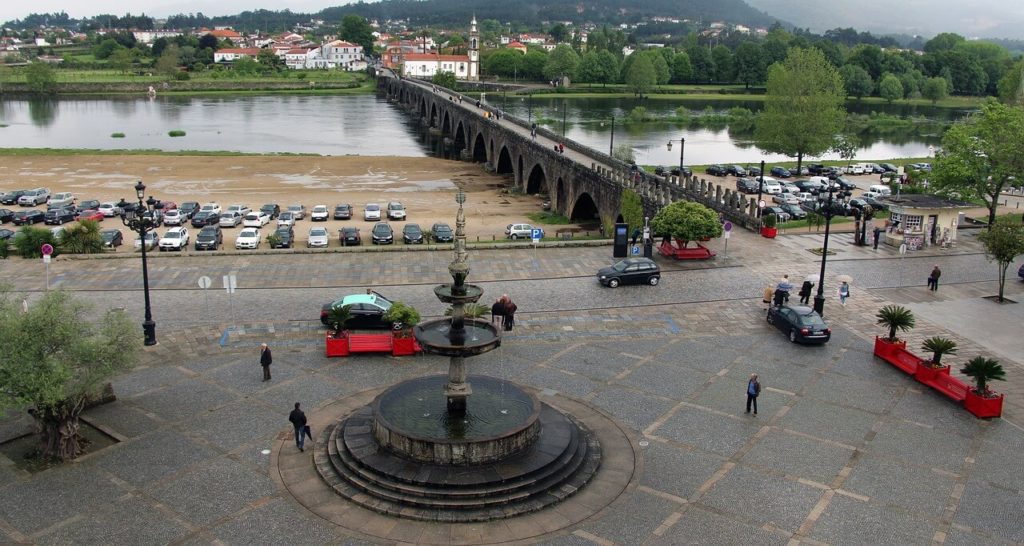
The museum holds the private collection of the wealthy Rafael Larco Herrera, who handed over his small collection to his son in the 1920’s. The son then continued to collect from many sites and he also bought up numerous collections to preserve the heritage. Pieces from this museum are now regularly lent to its daughter museum, the Museo de Arte Precolombino (Pre-Columbian Art Museum), located in the town of Cusco.
Larco was obsessed with the pottery, gold and silver headdresses and masks of the Inca and pre-Inca times. The galleries give an overview of 4,000 years of history, laid out in chronological order. In one of the galleries, the Storage Gallery, there are over 45,000 ceremonial pitchers is all sorts of shapes – human, animal, and food.
It’s a good idea to watch the video before you start going around to get some understanding of what you’re looking at. Try to see the gold headpiece, said to be the only complete one in existence.
The building was part of the vice-royalty of the Spanish in Peru in the 1850’s, and was built over the site of a 7th-century pre-Columbian pyramid.
You can take home a reproduction of some of these pieces from the museum shop. The museum uses skilled craftsmen to produce really high-quality artifacts.
#3: Convento de San Francisco
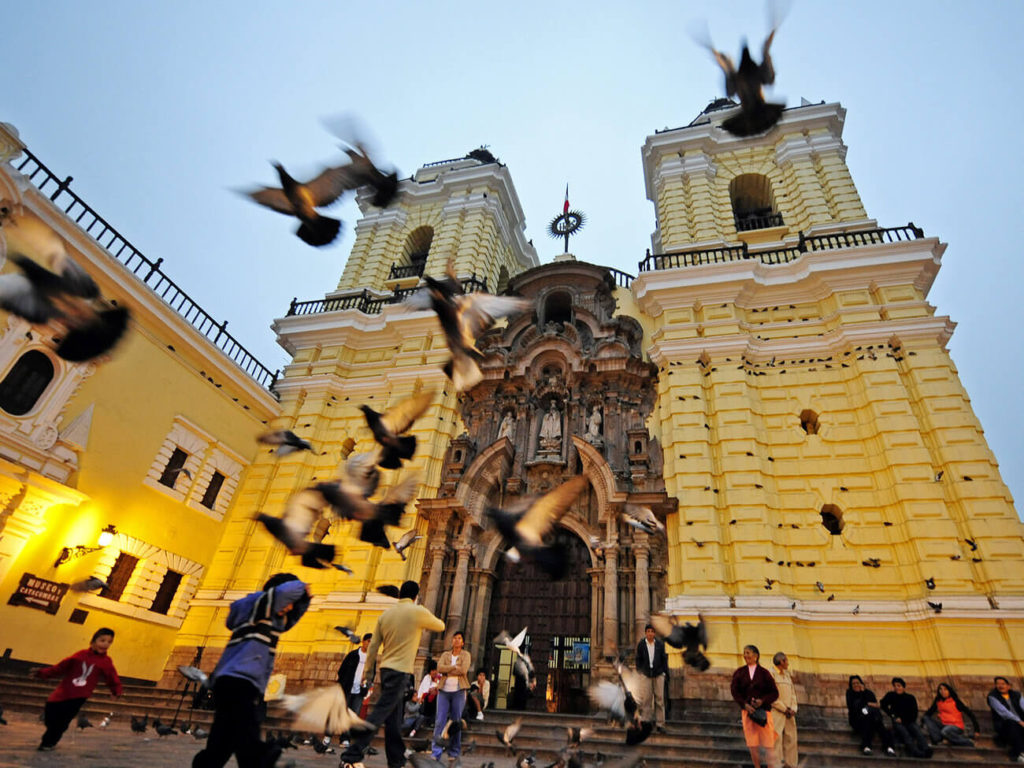 Lima, the capital of Peru, is also known as the City of Kings. It comes from Lima’s first official name, because the city was founded in 1535, during an important Catholic holiday and feast, now known as Epiphany or Three Kings’ Day.
Lima, the capital of Peru, is also known as the City of Kings. It comes from Lima’s first official name, because the city was founded in 1535, during an important Catholic holiday and feast, now known as Epiphany or Three Kings’ Day.
The Spanish ruled Lima for 300 years, and their influence can be seen in the churches, monasteries, cloisters, and convents that they built. Catholic congregations were allocated pieces of land in the early days of the city, and they generally built large churches together with monasteries and convents.
One of these is the Cathedral and Monastery of San Francisco – just a block away from the main plaza. The building is bright yellow and in the Spanish baroque style. It’s famous for its catacombs that are lined with the bones of an estimated 25,000 people. It’s a bit of a surprise to see the skulls and thigh bones laid out in decorative patterns!
There is a world-renowned library in the convent, with over 25,000 antique texts and some very old books – including a bible printed in Antwerp in 1571.
This complex forms part of the historic center of Lima, which is a UNESCO World Heritage site.
#4: The food
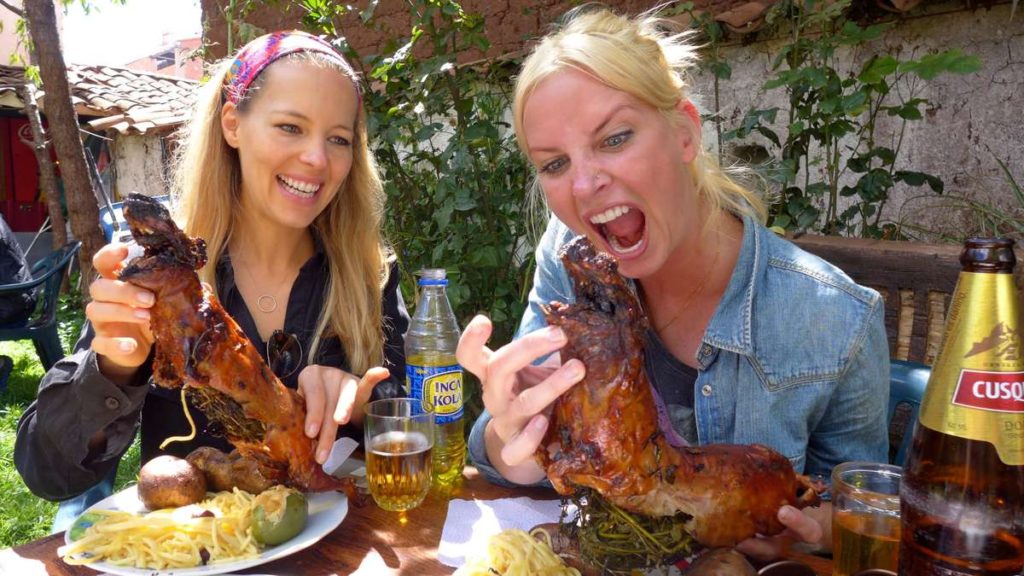 Lima is becoming known as a gastronomical center! It may surprise you to know that Lima had 3 restaurants in The World’s 50 Best Restaurants list for 2017. The awards have been run for the past 15 years, by the British magazine called “Restaurant”. The results are based on the votes of over a thousand international chefs, restaurateurs, gourmands and restaurant critics.
Lima is becoming known as a gastronomical center! It may surprise you to know that Lima had 3 restaurants in The World’s 50 Best Restaurants list for 2017. The awards have been run for the past 15 years, by the British magazine called “Restaurant”. The results are based on the votes of over a thousand international chefs, restaurateurs, gourmands and restaurant critics.
Fifth place went to “Central”, which was also voted best restaurant in South America. And the Chef’s award - voted for by fellow chefs – went to Virgilio Martinez from Central. Quite a haul in prizes! Virgilio says that he is passionate about the biodiversity of the produce that is available in Peru – as well as its anthropological history. This is what he celebrates in his food.
Eighth place went to the Maido restaurant and 33rd went to the Astrid.
Maido means “welcome” in Japanese. The chef, Mitsuharu ‘Micha’ Tsumura, is a Peruvian born Nikkei, and he has put together a menu that is a fusion of Peruvian and Japanese food. My recommendation for a first visit is to have the 10-course small tasting menu. Be prepared for lots of foam, color, and amazing flavors.
The Astrid y Gastón has been in operation for more than 20 years and has won numerous awards over the years. The style is modern Peruvian food – and you can watch the chefs as they prepare it. The standout dish for many is the traditional arepa - a corn cake with a savory stuffing. For dessert, the chocolate bomb is great fun – tap it and watch it explode to deliver all the sweets inside.
There are nearly 3000 restaurants for you to try – if your budget and your waistline can handle them! Make sure you try Peru’s star dish, Ceviche - raw fish, hot chili peppers and onions marinated in lime juice.
And the best news is that the meals in restaurants in Lima, even the best ones, are really affordable!
#5: Larcomar – the shopping center in the cliff
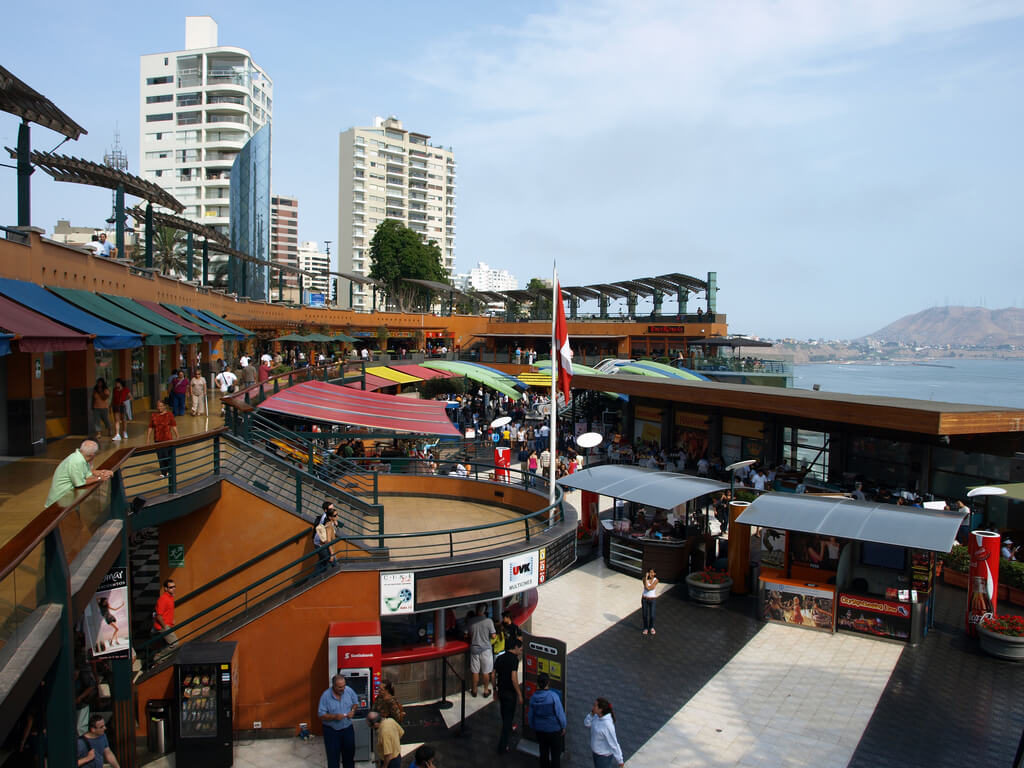 This is for the shopaholic. The Larcomar mega-complex is absolutely unique, built right into the cliff under Miraflores. So, you can’t actually see it, except from the sea. It won the International Council of Shopping Centers’ award for Innovative Design in Construction.
This is for the shopaholic. The Larcomar mega-complex is absolutely unique, built right into the cliff under Miraflores. So, you can’t actually see it, except from the sea. It won the International Council of Shopping Centers’ award for Innovative Design in Construction.
You enter from Block 6 of the Malecón de la Reserva – the stairs are opposite the Marriott Hotel, and just before you get to the edge of the cliff.
You can shop at high-end jewelry and clothing stores, choose from top Peruvian designers, buy gifts for family and friends from traditional Peruvian handicraft vendors, watch a movie or play bowls or pool, or simply sit at one of the many restaurants, and enjoy the breath-taking view over the Pacific. It feels a bit like being on the deck of a huge cruiser – take a look at this video, and you’ll see what I mean.
6#: Palomino Islands - Swimming with Sea Lions
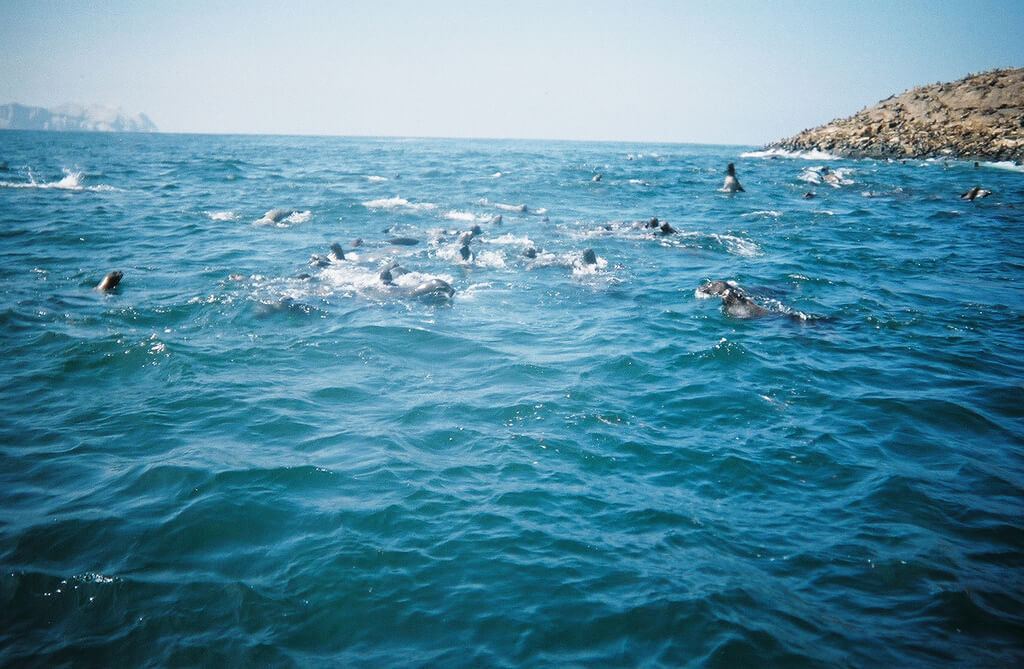 I’d heard of swimming with dolphins, but sea lions? This really is an experience you don’t want to miss.
I’d heard of swimming with dolphins, but sea lions? This really is an experience you don’t want to miss.
There are many tours to pick from. I liked the 6-hour luxury yacht option from Callao Harbour – with drinks and snacks as you head towards the El Camotal island, just under 20km from Lima, and with multiple shipwrecks in its shallow waters. It also has an Alcatraz-type prison – and the guide will tell the stories of attempted escapes. Then, on to San Lorenzo. This island is clearly the shape of a reclining man – which led to the Incas seeing the island as a sleeping Apu or mountain god.
At Palomino, you’ll receive a wetsuit and life jacket and you can jump into the sea with the sea lions. Something really special. They’re friendly and curious and will swim right up to you. It’s an amazing experience to feel so welcomed into their territory. You’ll be in the water for about 30 minutes and then spend another hour or so around the island viewing the 6,000 sea lions on land. Be prepared for quite a stench, but it’ a great sight.
There are lots of seabirds around - pelicans, red-legged cormorants, Guanay Cormorant, the Inca Tern, and the Peruvian booby. If you’re lucky, you may see Humboldt Penguins who sometimes visit this area.
I would list this as a definite place to visit in Peru.
#7: It’s only a few hours from the Incan Trail to Machu Picchu.
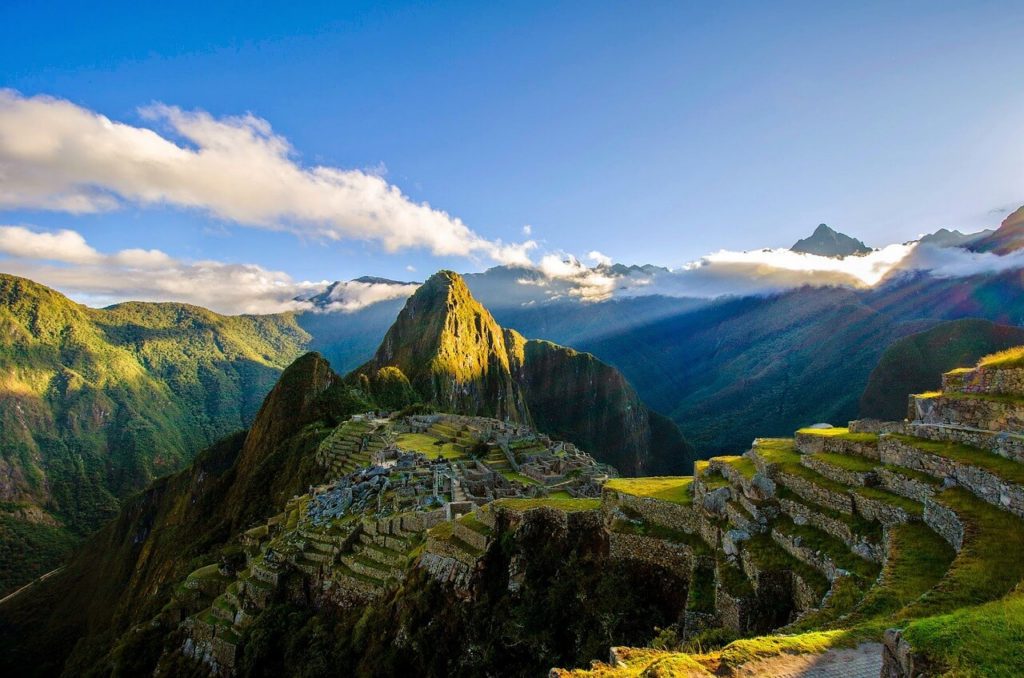 No tourist to Peru can leave without visiting the famed Machu Picchu and the Temple of the Sun, a 15th-century Inca citadel on a mountain ridge, 2,430 meters (7,970 ft) above sea level.
No tourist to Peru can leave without visiting the famed Machu Picchu and the Temple of the Sun, a 15th-century Inca citadel on a mountain ridge, 2,430 meters (7,970 ft) above sea level.
Inca civilization that built these ancient cities throughout Peru in the 13th -16th centuries and its final showdown with Spain in the mid-1500’s.
A flight from Lima to Cusco takes an hour and 20 minutes. Otherwise, you can get there by using a combination of trains, buses and guided tours. Just make sure you book well in advance – this is a very popular site, and visitor numbers are tightly controlled.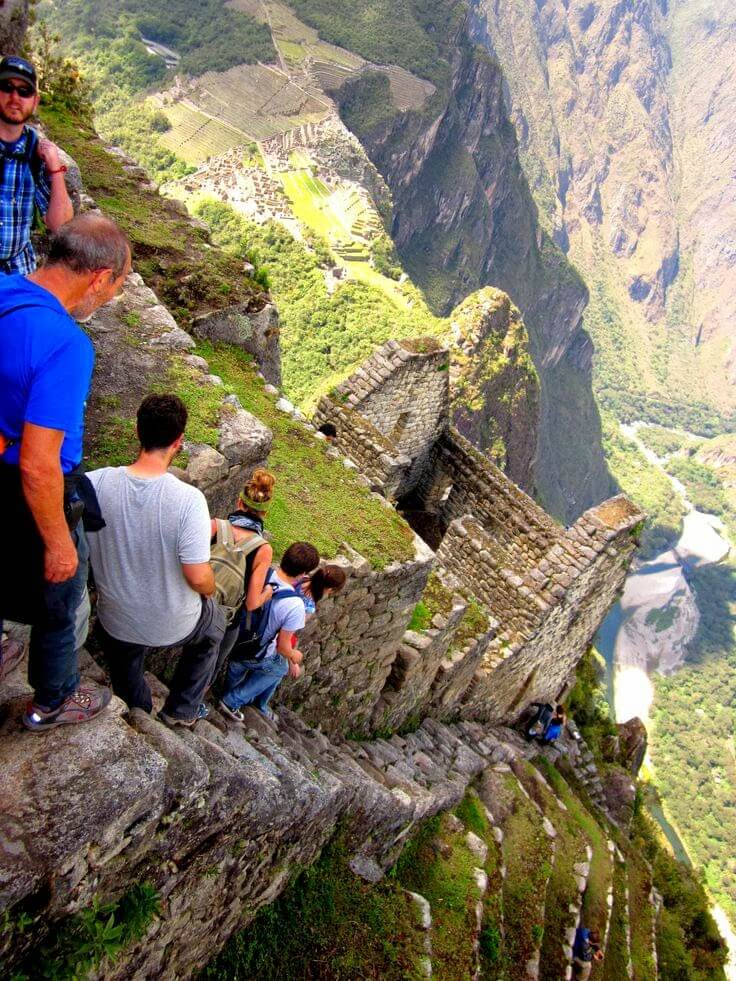
The best way to get there is to take the Inca Trail, a magnificent, 4-day, 43 kilometers, mountain trek. It connects the archaeological sites of Runcuracay, Sayacmarca, Phuyupatamarca, Wiñay Wayna and Machu Picchu. You must have an official guide with you (make sure that you see each of the sites, otherwise you might be with an “unofficial” guide, making money from unsuspecting tourists).
Along the way, you will walk through the cloud forest, get to see some of the 250 species of orchids, as well as rare birds, animals, and reptiles, many of them at risk of extinction.
You will need a certain level of fitness and, most importantly, must be acclimatized to the elevation, which reaches 4,200m above sea level. It’s a good idea to spend a few days in the town of Cusco before you start out. While you wait, you can visit the ruins of Sacsayhuaman and the beautiful Sacred Valley of the Incas.
The best time for the hike is during the drier months April to October. The trail is closed in February for conservation work.
Would it be worth visiting Peru? I think so. And Lima is also a good choice. Despite its size and high population, it retains much of its historical charm, and it is a good jumping off point for other tourist sites in Peru.
Written By Kate Mark

Kate is a mid-lifer who quit a growing corporate career to reawaken her passions and her lifelong dream of traveling the world.
